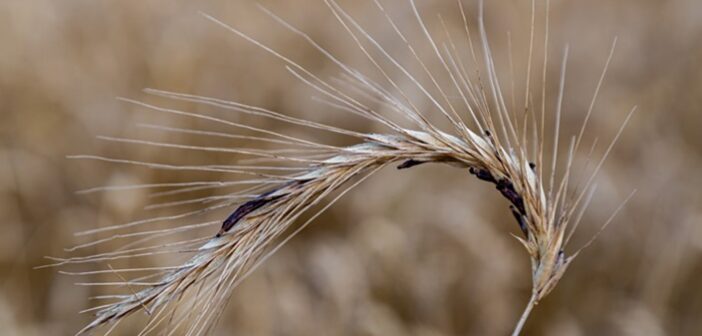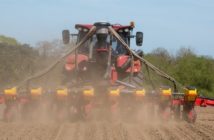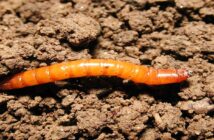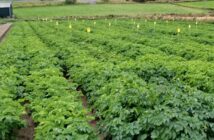Following a year with high infection levels, farmers face an increased ergot risk in this season as ergot sclerotia can persist in the soil or on infected seed. Growers should consider ergot control when choosing a seed treatment to help reduce the threat, advises Tom Wheelhouse, technical specialist for UPL.
Grass weed pressure, especially black grass, and wet weather at flowering are all factors associated with increased risk. Although the immediate concern for affected farmers is the marketability of their crop, they should also take steps now to ensure these difficulties are not repeated next harvest,
“Colour sorters are in high demand to remove ergot in grain samples and infected seed lots,” adds Tom. “Even if it is colour sorted out of a seed sample, treatment is strongly advised because particles of ergot will still be present,” says Tom.
The same sclerotia particles will also be present in the soil of the inflected fields. Because of this, Tom advises that those fields should ideally be sown with a non-cereal break crop, and particular attention should be paid to grassweed control, which increases the inoculum at flowering.
“Selecting a seed treatment with activity on ergot will also greatly help to reduce the risk. Only two products mention ergot on its label, and Rancona-i-Mix (ipconazole + imazalil) has the most substantial reduction claim.
“It states that Rancona-i-Mix is effective for the suppression of ergot particles in contaminated seed stocks and the reduction in the spread of spores.
“In reality, UPL trials indicated this will reduce the incidence of ergot by 40 – 60%. When combined with cultural control measures like colour sorting, it could be the difference between a rejected crop or not,” explains Tom.




